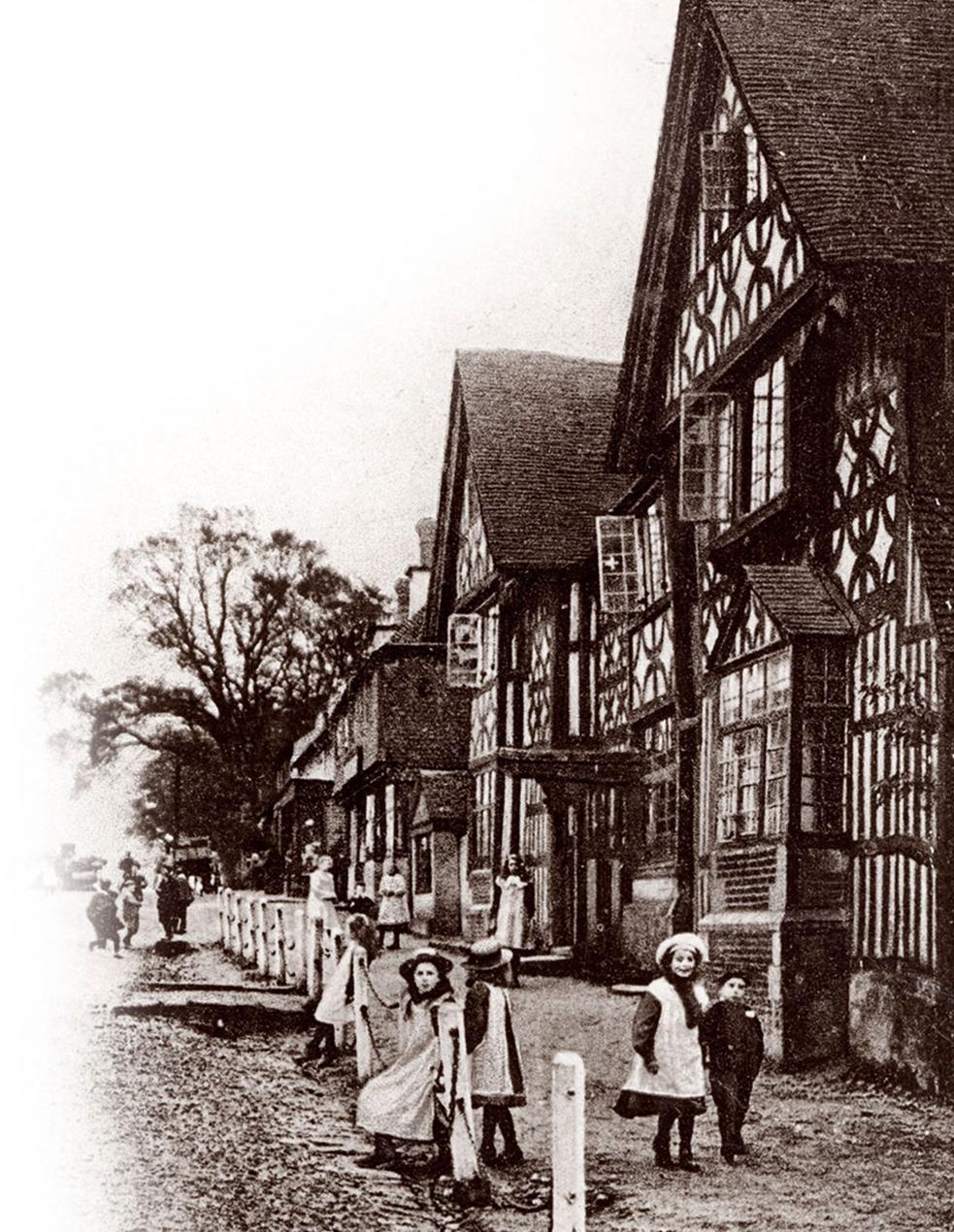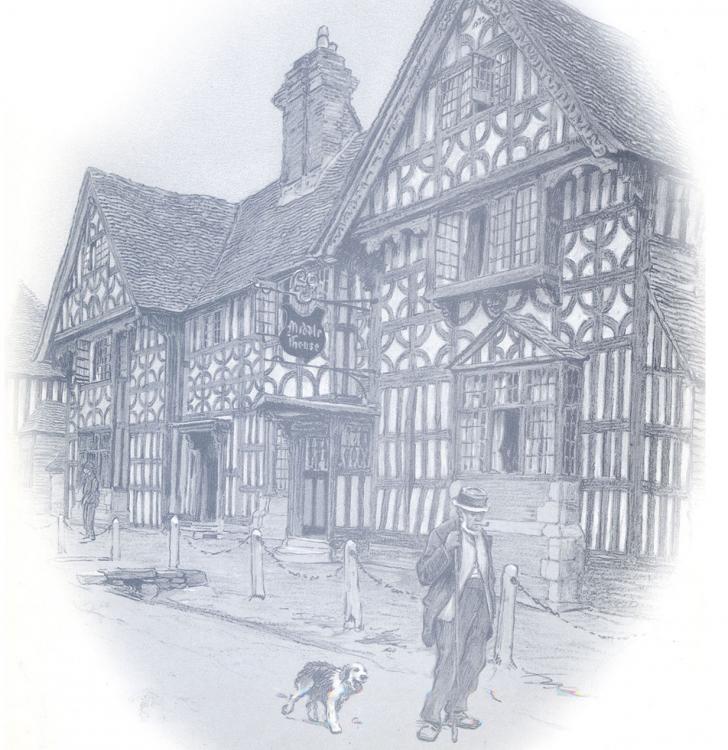01435 872146
The History of The Middle House Hotel
Mayfield can trace its history to before St Dunstan, Archbishop of Canterbury (959-988) who built a wooden church at Magavelda (Mayfield) The Saxons knew the village as Maegthe (Chamomile).
The Doomsday Book of the Norman conqueror King William also mentions Mayfield, listing it as one of the six Sussex Manors that belonged to the See of Canterbury. In the 14th Century, the Archbishops were frequently in residence in Mayfield. In 1545 the manor passed to the Crown then into the ownership of Sir Thomas Gresham.
At this time Mayfield was Central to the Iron Industry, with the surrounding woodlands used by ‘Charcoal Burners’. Mayfield is a beautiful village with buildings of nearly every period and every material. The Victorian poet Patmore called it
“The Sweetest Village in England ”


Much of Mayfield is classed as a conservation area and the High Street alone contains 40 buildings officially listed as being of special historical or architectural importance. The parish as a whole contains nearly 180 such buildings.
Mayfield finds it easy to mix folklore and history and The Middle House has numerous tales of its own – from secret priest holes and prison cells to murders and suicides.
In the 18th century, a notorious group of smugglers and felons were in Mayfield. The gang probably used a number of tunnels that run under the village. One of these tunnels terminates in the wine cellar of The Middle House.
“One of the finest examples of a timber framed building in Sussex"
The Middle House, which dominates the High Street is listed as Grade 1. It is a wonderful specimen of Elizabethan architecture, with wattle and daub infill which dates back to 1575. The house was originally built for the financier, Sir Thomas Gresham, Keeper of the Privy Purse to her Majesty Queen Elizabeth 1.
A private residence until the late 1920’s, The Middle House is now the home of an old world pub, impressive restaurant and small but cosy hotel.
Amongst many fine features of The Middle House is the large ornate wooden carved fireplace in the lounge area. Grinling Gibbons, the master Craftsman who is responsible for so much fine work within St. Paul’s Cathedral, carved it. Records show that the fireplace originally came from the Royal College of Physicians in London.
